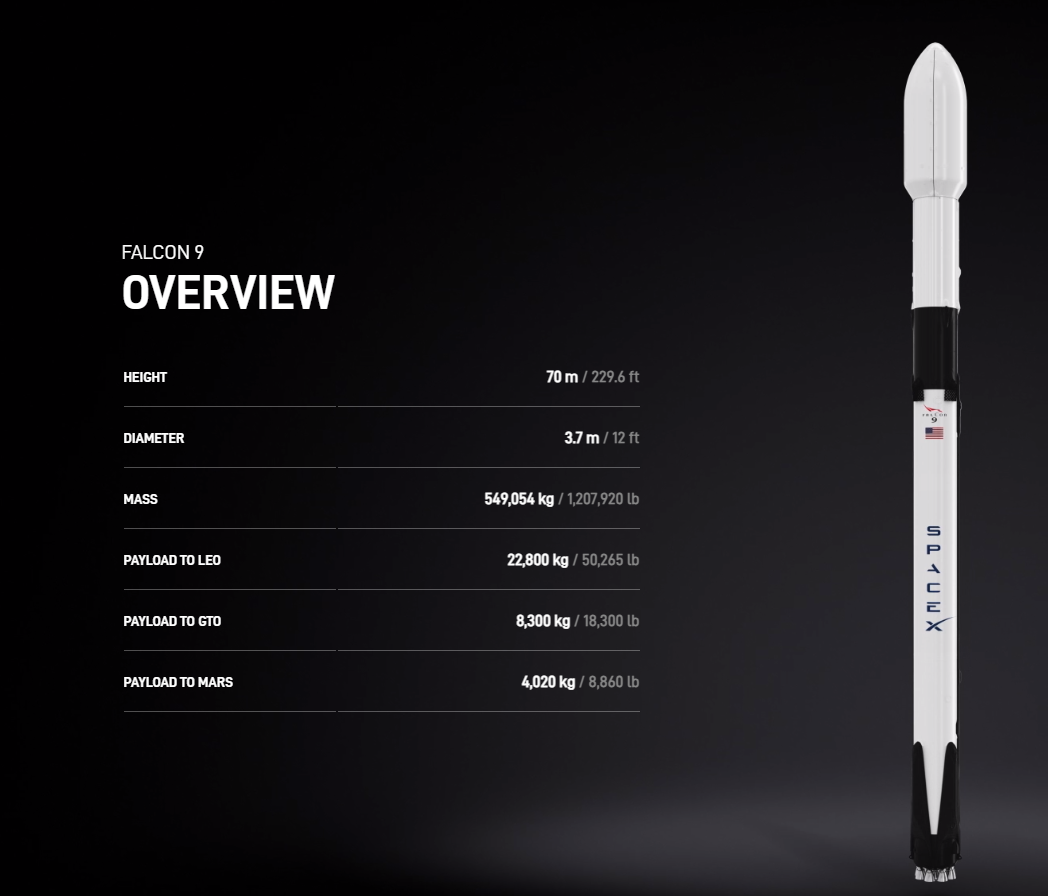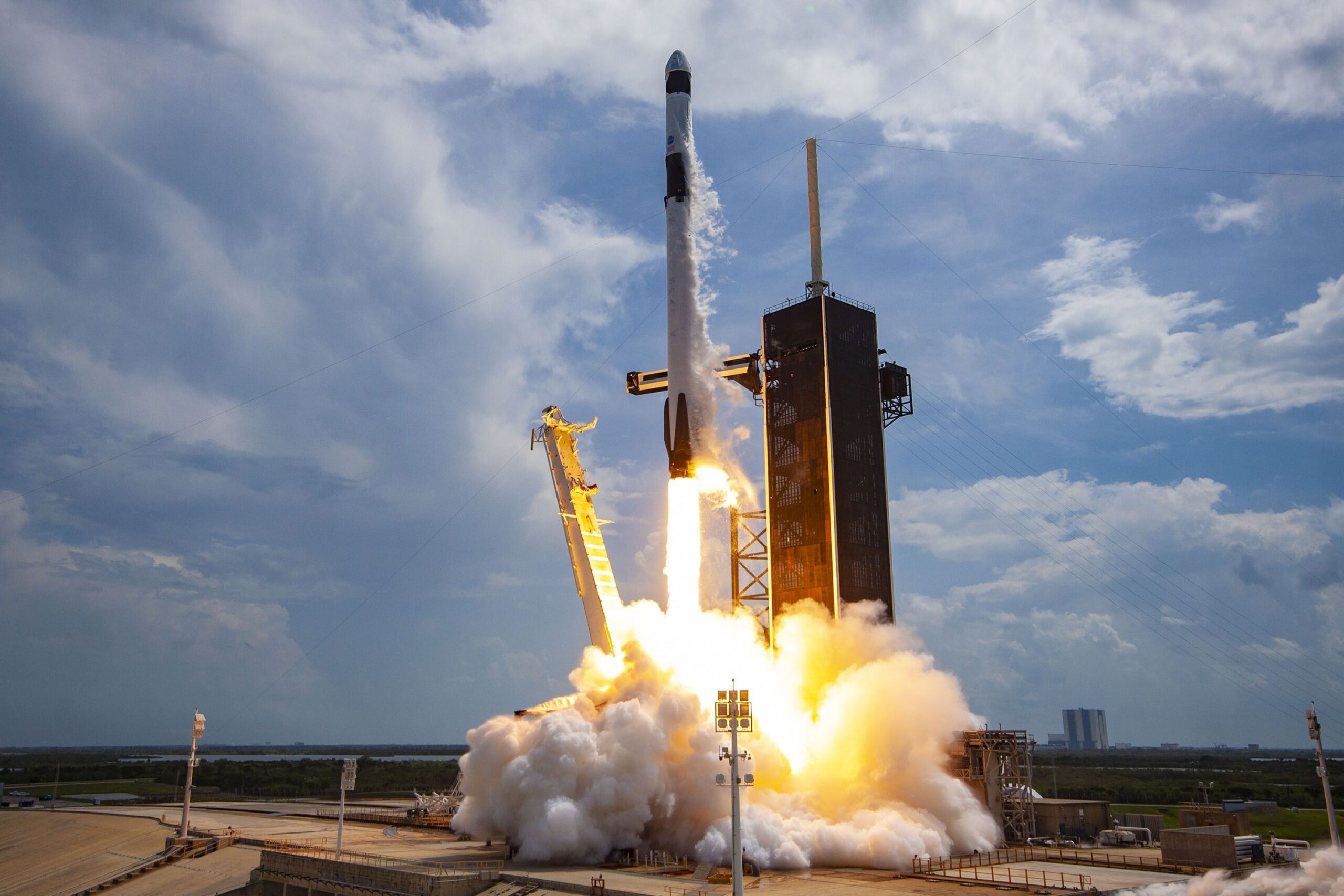In a groundbreaking achievement for space connectivity, SpaceX’s Falcon 9 rocket successfully launched 23 Starlink satellites into low Earth orbit (LEO), adding to the ever-expanding Starlink internet megaconstellation. The launch, which took place on Monday night (Nov. 27) from Florida’s Cape Canaveral Space Force Station, showcased the versatility and reusability of the Falcon 9 rocket, marking its 17th launch and landing.
Launch Process and Timings: Precision in Action
The Falcon 9 lifted off at 11:20 p.m. EST, with the first stage booster returning for a vertical landing approximately 8.5 minutes after launch. This particular booster, with a remarkable history of 17 successful missions, showcased the reliability and efficiency of SpaceX’s reusable rocket technology. Following stage separation, the 23 Starlink satellites were scheduled to deploy into LEO about 65.5 minutes after liftoff, contributing to the ever-growing constellation in orbit.
Falcon 9: Pioneering Reusable Technology
The Falcon 9, a partially reusable medium-lift launch vehicle, played a pivotal role in this mission. Designed, manufactured, and launched by SpaceX, it has become a workhorse for various missions, carrying cargo, crew, and satellites into Earth orbit. Its significance extends to both cargo and crew transport, making it the only U.S. rocket certified for transporting humans to the International Space Station (ISS). The rocket’s remarkable reusability has set new standards in space exploration, with the first stage booster achieving an impressive 17th successful landing on the droneship “Just Read the Instructions” in the Atlantic Ocean.

Starlink Satellite Deployment: Enhancing Global Internet Reach
The primary payload for this Falcon 9 mission was 23 Starlink satellites destined for deployment in LEO. These satellites are integral to SpaceX’s Starlink project, which aims to provide high-speed internet coverage globally. The successful deployment of these satellites brings SpaceX one step closer to achieving its vision of a vast internet megaconstellation, revolutionizing internet accessibility in even the most remote areas.
SpaceX’s Starlink Network Expansion: A Global Endeavor
SpaceX’s commitment to expanding its Starlink high-speed internet network was evident in the recent announcement of its availability across Guam and the Northern Mariana Islands. Since receiving the license to operate the Starlink Generation 1 network in March 2018, SpaceX has rapidly deployed satellites, bringing internet connectivity to challenging locations worldwide. With over 5,000 Starlink satellites launched and more than 5,000 currently functioning in orbit, SpaceX’s pace of innovation is reshaping global connectivity.
Conclusion
SpaceX’s recent Falcon 9 launch, deploying 23 Starlink satellites, signifies a pivotal moment in the ongoing revolution of global internet connectivity. The success of the mission, coupled with the 17th landing of the Falcon 9 booster, highlights the efficiency and reliability of SpaceX’s reusable rocket technology. As SpaceX continues its rapid pace of innovation, the Starlink megaconstellation is becoming an ever-more tangible reality, promising to reshape internet accessibility on a global scale.
Space X
SpaceX, or Space Exploration Technologies Corp., stands at the forefront of aerospace innovation. Founded in 2002 by Elon Musk, the company is headquartered in Hawthorne, California. With a mission to reduce space transportation costs and eventually colonize Mars, SpaceX has revolutionized space travel. Currently operating the Falcon 9 and Falcon Heavy rockets, alongside the Dragon spacecraft, the company has achieved numerous milestones.
In addition to traditional space missions, SpaceX provides internet services through its Starlink satellites, forming the largest-ever satellite constellation. With over 5,000 satellites in orbit as of November 2023, Starlink aims to transform global connectivity. SpaceX is also developing the Starship, a fully reusable super heavy-lift launch system for interplanetary travel.
Key to SpaceX’s success is its commitment to reusable rocket technology, demonstrated by the Falcon 9’s more than 200 successful landings and relaunches. The company’s achievements include being the first private entity to launch, orbit, and recover a spacecraft, send a craft to the International Space Station, and achieve a vertical propulsive landing of an orbital rocket booster.
As a disruptor in the space industry, SpaceX collaborates with NASA and offers cost-effective launch services, with the Falcon 9 priced at $62 million, significantly undercutting competitors. With a rich history of accomplishments, including the successful launch and landing of the world’s largest and most powerful rocket, Starship, SpaceX continues to redefine the boundaries of space exploration.

